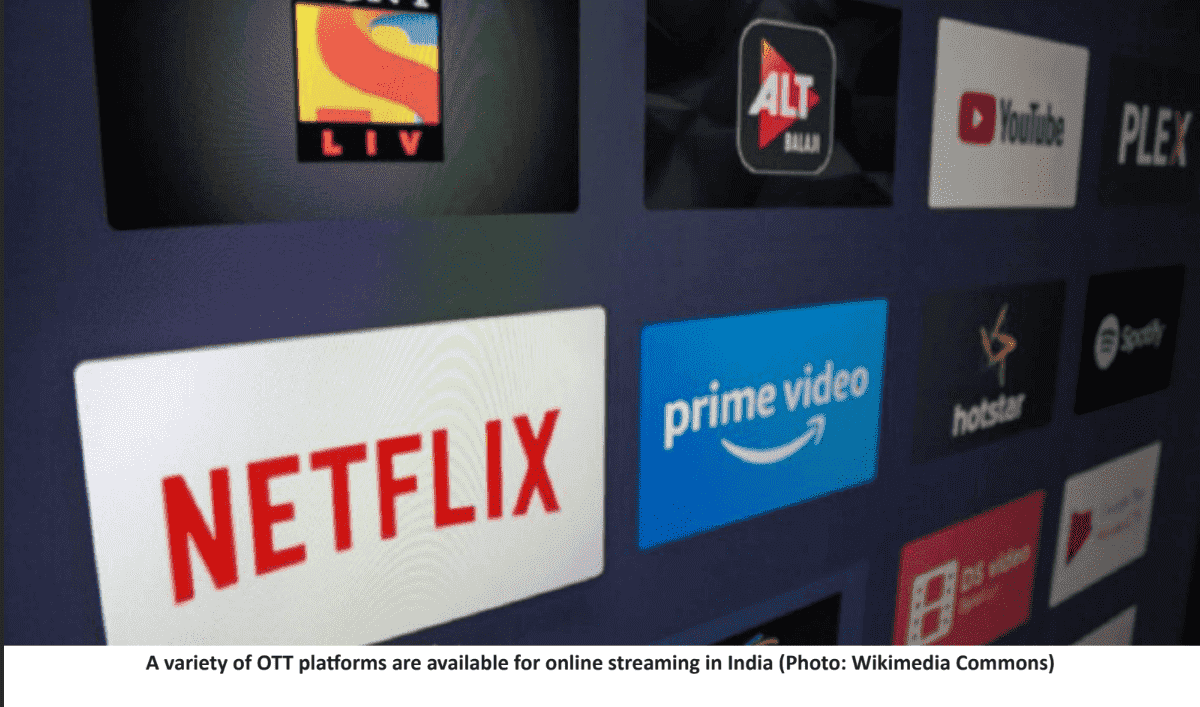
Television technology has seen a slew of changes ever since it came into being in the 1920s. What started as a rare and extravagant piece of technology has now found its way into the homes of millions across the globe. The most recent disruption is the rise of Over-The-Top (OTT) platforms. There is a thin line of difference between OTT platforms and television. With the widespread use of OTT platforms, the future of traditional television is in question. With the onset of the pandemic, people were in search of entertainment that was not time-bound. That was when the OTT industry saw its chance to grow and took the necessary steps. Netflix saw an increase in its Indian consumer base from 2.4 million to 4.4 million in 2019 and Disney+Hotstar’s subscriber base increased threefold from 8 million at the start of 2020 to 25 million by year-end. The main reason for its popularity was the fact that it made sports available along with entertainment programming. For example, the live coverage of the Indian Premier League increased its viewership, while the pricing of its annual packages was kept attractive. As of today, Disney+Hostar has the largest market share at 41% in the Indian online video-on-demand (VoD) subscription sector. Eros Now follows closely at 24%. Amazon Prime Video and Netflix have 9% and 7% of the market share, respectively. Facilitated by good internet and advanced payment systems, India has seen 51% growth in subscription-based video-on-demand services. International platforms that have come into the Indian market have offered their subscription plans at affordable prices. The pricing plans in India for such platforms are cheaper when compared to their counterparts in other markets. However, as the industry grows, challenges too await. Globally, amidst tight competition, Netflix recently saw a loss of over 2 lakh of its customers within three months. Among the reasons given for the losses was their withdrawal from Russia, in the wake of its invasion of Ukraine. This resulted in the company’s stocks dropping 26%, incurring losses up to $40 billion in the stock market. The company released statements that indicated that it would be looking at more losses as the year progresses. For India too, the company has a tall order to fill, as it would need to emphasise on India-focused programming and keep its subscription plans affordable as the competition heats up. With every major entertainment company releasing a video content platform of their own, the competition only keeps increasing. Other than the cluttering of the industry, challenges that are common in this area include an unclear understanding of the audience and a lack of investment in the company’s research and development team, which then leads to poor user experience.
10 May 2022
Keerthana Unni